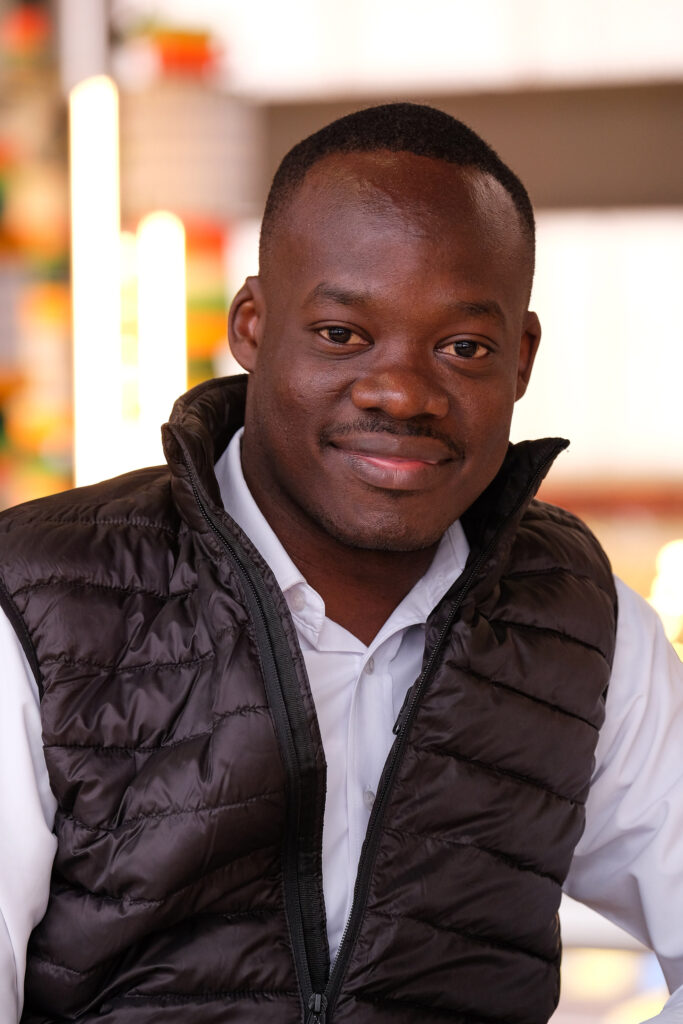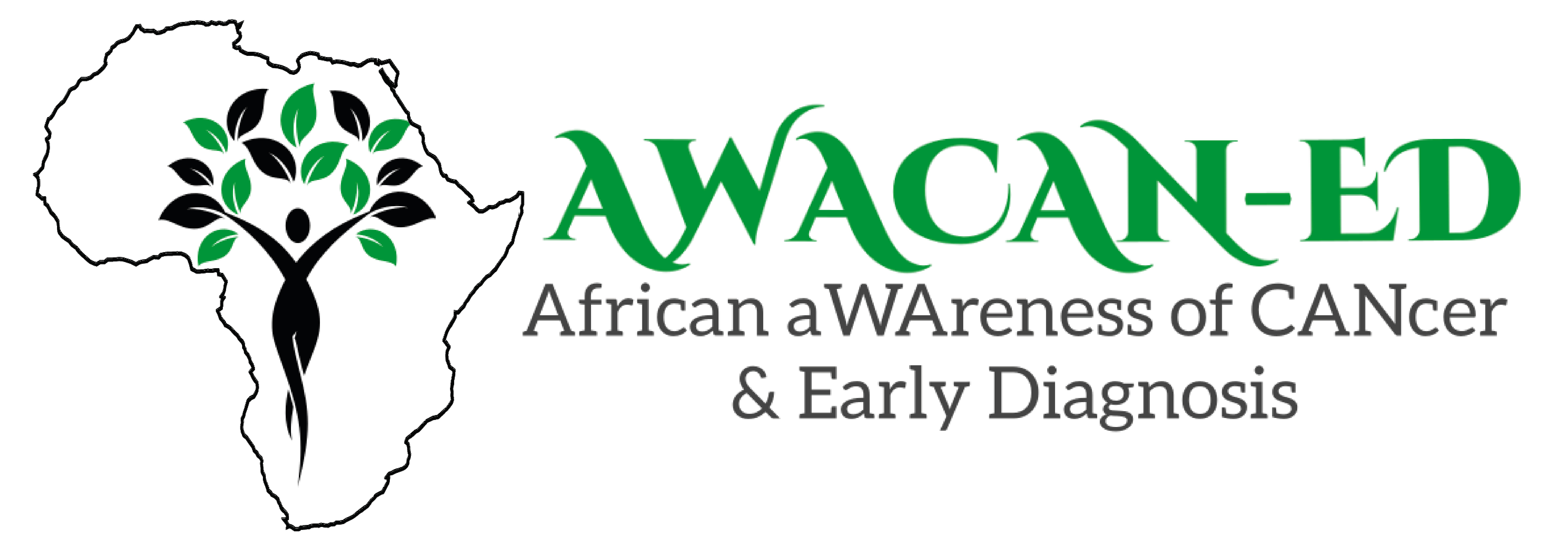For How Long Will Women be Cervical Cancer Statistics?
 Dr. Denis Okova, one of the AWACAN-ED Scholars at the University of Cape Town, shares his perspective on improving cervical cancer diagnosis and describes the research he will undertake during his PhD.
Dr. Denis Okova, one of the AWACAN-ED Scholars at the University of Cape Town, shares his perspective on improving cervical cancer diagnosis and describes the research he will undertake during his PhD.
Every 2 minutes, a woman dies of cervical cancer; a highly preventable and if detected early, a curable disease. Cervical cancer is the fourth most frequent cancer among women and the fourth leading cause of cancer deaths globally. 90% of cervical cancer deaths occur in low-resourced settings particularly Low- and Middle-Income Countries (LMICs) in regions such as Sub-Saharan Africa (SSA).
These are more than statistics to me, they are stories of women’s important lives – including my late mother whose battle with cancer informs my drive to engage in policy-relevant research that can give women a chance at early diagnosis and a fighting chance to survive cervical cancer.
The high burden, high mortality of cervical cancer in the SSA region is fueled by a complex web of gender, economic and social inequalities and disparities, including access to Human Papillomavirus (HPV) vaccine, screening, treatment and post-treatment care. In a country like South Africa where the prevalence of HIV/AIDS is particularly high, the challenge is ever more pronounced – women living with HIV/AIDS are 6 times more likely to develop cervical cancer than those without HIV/AIDS.
What are the challenges?
Multiple system-wide bottlenecks frustrate the fight against cervical cancer in Sub-Saharan Africa (SSA). These occur at different levels and are not independent of each other.
- Micro level (individual) bottlenecks
- Limited knowledge of the cause and risk factors of cervical cancer
- Scant access to fact-based information on cervical cancer
- Limited adequately funded public cervical cancer screening programs which makes cost a deterrent
- High levels of out-of-pocket healthcare spending amongst the population
- Meso-level (community norms and social networks) bottlenecks
- Stigma around cervical cancer hinders uptake of screening services
- Dependency on male permission to access health services
- Macro-level (structural, health system and policy) bottlenecks
- Weak health systems
- Lack of adequate infrastructure
- Lack of comprehensive cancer prevention policies
The need for policy-relevant research
Mitigating these challenges requires collaborative and interdisciplinary work via research networks such as AWACAN-ED. My research, centered upon the economic burden of cervical cancer treatment in South Africa, will focus on evidencing the need for sustained investment in public health interventions for comprehensive cervical cancer care.
My research will:
- Examine available evidence on the economic burden of cervical cancer in Low- and Middle-Income Countries (LMICs); including direct costs, indirect costs and intangible costs.
- Narratively characterize the intangible costs incurred by cervical cancer patients receiving treatment.
- Assess the effects of cervical cancer on the Health-related Quality of Life (HRQoL) and how the latter is influenced by socio-demographic and clinical characteristics.
- Examine the magnitude and main drivers (sociodemographic and clinical characteristics) of financial costs incurred by cervical cancer patients receiving treatment.
- Assess financial catastrophe and impoverishment due to direct costs incurred by cervical cancer patients whilst receiving treatment.
My research will increase the understanding of the tangible and intangible costs borne by cervical cancer patients and their households, shedding more light on the expensive nature of cervical cancer. This would reinforce the need for social protection programs for cervical cancer patients to mitigate the effects of out-of-pocket payments, and intangible costs.
For me, this is a fight we must win!
Additional Reading
- Moodley J, Constant D, Mwaka AD, Scott SE, Walter FM. Mapping awareness of breast and cervical cancer risk factors, symptoms and lay beliefs in Uganda and South Africa. PLoS ONE 2020 15(10): e0240788 https://doi.org/10.1371/journal.pone.0240788
- Ngcamphalala C, Östensson E, Ginindza TG (2021) The economic burden of cervical cancer in Eswatini: Societal perspective. PLoS ONE 16(4): e0250113. https://doi.org/10.1371/journal.pone.0250113
- Martins T, Merriel SWD, Hamilton W. Routes to diagnosis of symptomatic cancer in sub-Saharan Africa: systematic review. BMJ Open 2020;10:e038605. https://doi.org/10.1136/bmjopen-2020-038605
Denis has worked as a pharmacist in Kenya. As a pharmacist, he has been close to many cancer-related tragedies. He has recently completed his Master of Public Health (Health Economics) at the University of Cape Town, SA. He is currently pursuing a PhD in Health Economics at the same institution funded by the AWACAN-ED Programme.

